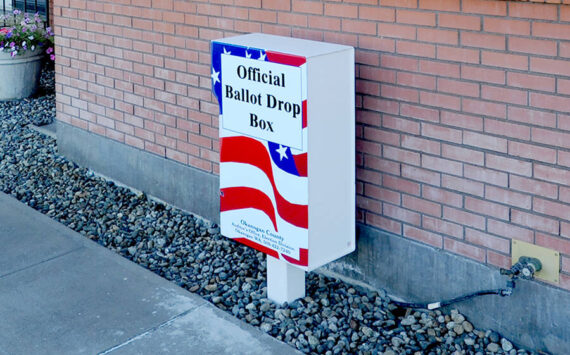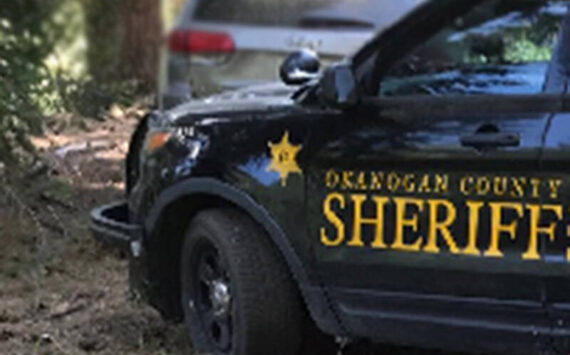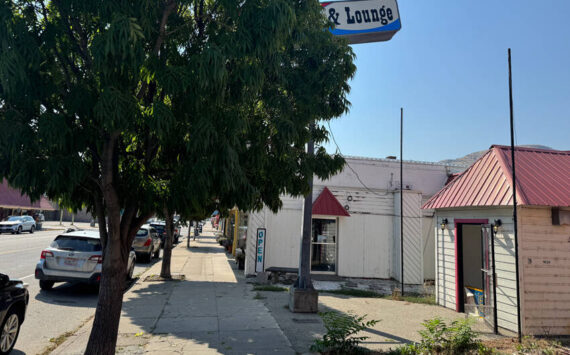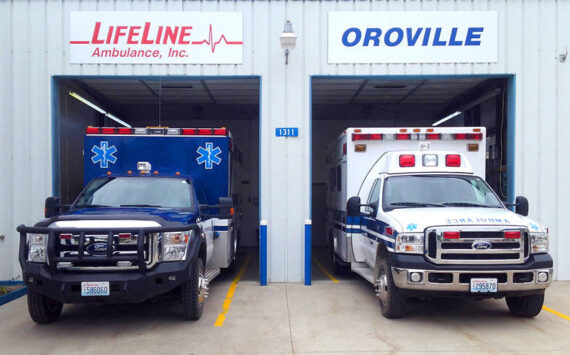Dear Editor,
Our region’s salmon are in hot water. While many people may welcome this summer’s prolonged hot and dry weather, salmon – symbol of the Northwest – are gravely threatened.
The lack of snowpack and spring rain, combined with sustained high summer temperatures, have reduced the amount of water and increased temperatures in our streams and rivers to lethal levels for salmon. Under these conditions, far too many will die before reaching their spawning grounds to reproduce.
Area rivers support five species of native salmon and three types of trout, with Chinook salmon, steelhead, and bull trout listed as “threatened” under the Endangered Species Act. Regional watershed councils have worked tirelessly for two decades, with a significant investment of public resources, to protect and restore salmon habitat, improve water quality, and create conditions that allow salmon to return to spawn in our local rivers and streams each year.
And yet, this year’s conditions are truly alarming for recovery. Many of our creeks and rivers are experiencing the lowest flows and highest water temperatures ever recorded. Low flows and warm water are wreaking havoc in areas throughout our watersheds that are important for spawning, where salmon lay eggs, and for rearing, where baby salmon grow.
Sustained water temperatures above 68 degrees Fahrenheit can stress young salmon, increase disease and keep adult salmon from reaching their spawning grounds. Water temperatures above 73 degrees Fahrenheit can be lethal. For most of the summer, water in the Cedar, Sammamish and Snoqualmie Rivers has approached or reached these dangerous temperatures, and conditions in other rivers are almost as dire. An already hard journey for salmon has been made even more challenging by these conditions, which have limited the number of adult fish able to make it into the rivers and creeks around Lake Washington.
The Muckleshoot Tribe counted only 3,100 adult Chinook salmon and fewer than 34,000 adult sockeye salmon entering the Lake Washington watershed through the Ballard Locks as of Aug. 24. This is about 41 percent of the Chinook and about 27 percent of the sockeye that should have returned by now, compared to the last 10 years. And of these already low numbers of returning fish, current river conditions mean that even fewer are likely to reproduce.
Recognizing the effects of worsening drought conditions on salmon and drinking water storage, Seattle Public Utilities, Tacoma Water and Everett have activated their Water Shortage Contingency Plans, moving to “voluntary status,” which asks that customers reduce consumption by 10 percent. The utilities’ conservation efforts are essential to maintaining the clean water and flow conditions needed to support healthy salmon populations in the Snohomish, Cedar, Green/Duwamish, Tolt and Snoqualmie rivers.
Given the unprecedented combination of low river flows and continuing high water temperatures, local utilities should broadly communicate conservation messages to partners and the public, with an emphasis on how much additional water we need to save. They should consider moving quickly to more robust conservation measures if conditions warrant.
Climate scientists tell us that this summer’s conditions may become the new normal. Now more than ever, we must act to reduce the impacts of a changing climate, not only for ourselves, but for our prized fish and wildlife species.
We need to lower stream temperatures by planting more trees on stream banks, reconnecting streams with cold groundwater sources, and each of us needs to think about how we can use less water. We need to consider salmon in stream flow management decisions.
Failing to do these things means salmon will find it harder and harder to return to our local streams each year, and may eventually be only a memory in a place they once served to define.
The weather forecast into the fall is for more sunny days. Please join us in hoping for rain—and conserving water in the meantime!
– Duvall Councilmember Jason Walker
Snoqualmie Watershed Forum Chair
– King County Council Chair Larry Phillips
WRIA 8 Salmon Recovery Council Chair
– Covington City Councilmember Marlla Mhoon
WRIA 9 Watershed Ecosystem Forum Co-Chair





